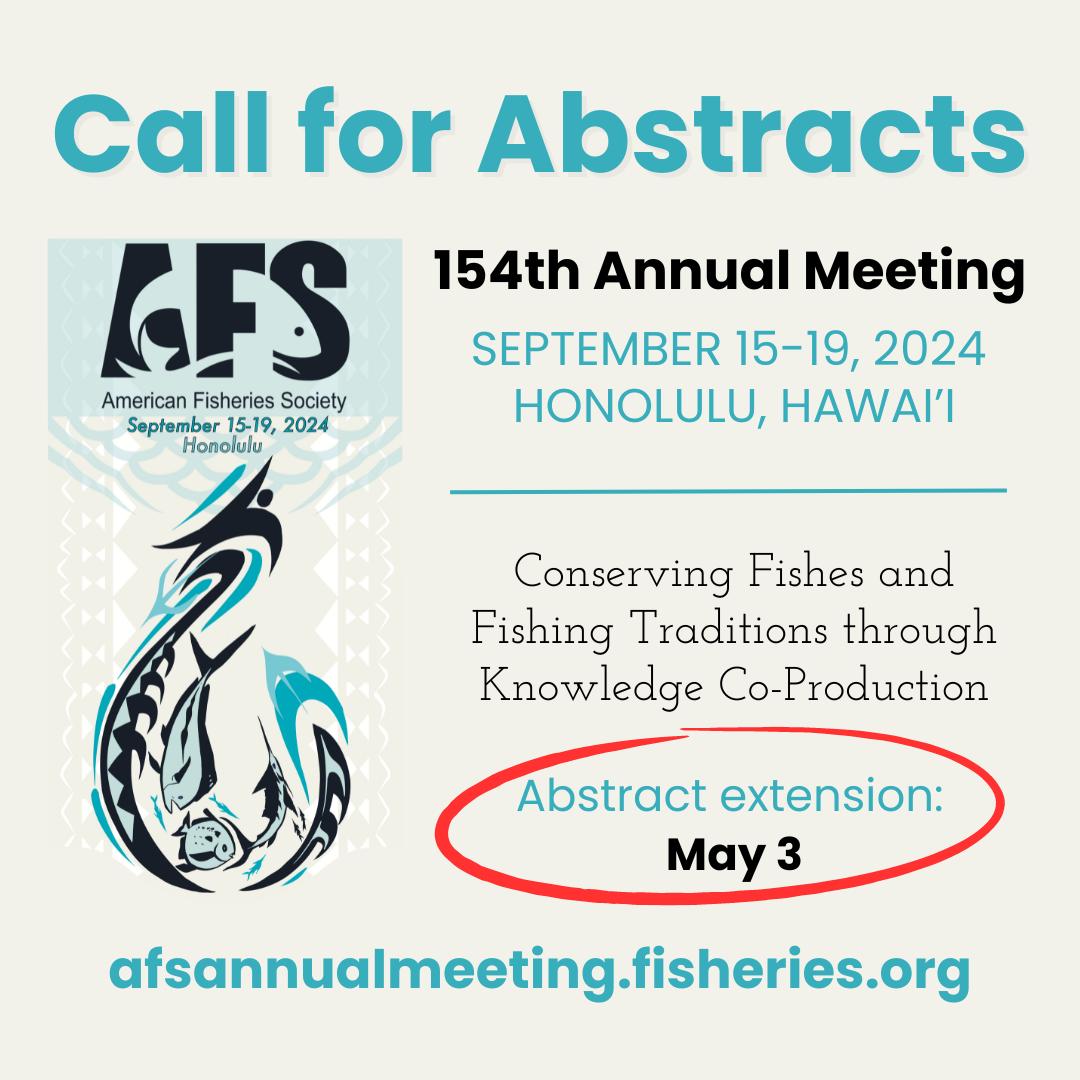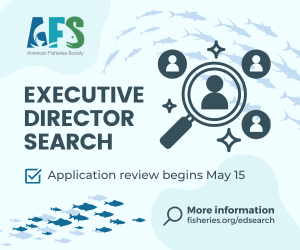

By Tom Bigford, AFS Policy Co-Director
Regional approaches make sense when managing aquatic resources. Critters have no respect for state borders, turf battles, or regulatory jurisdiction. Ditto for air, water, and sediments. For those reasons, I am heartened by the recent progress by regional planning bodies to develop ocean plans for significant sections of our nation’s coastal and ocean geography. This is good news for fish and (hopefully) even better news for everyone with ideas about improved environmental reviews, streamlined permitting, or decreased litigation.
I’m referring specifically to “ocean action plans” prepared under the authority of President Obama’s 2010 Executive Order, “Stewardship of the Ocean, Our Coasts, and the Great Lakes” (White House 2010). That policy established the National Ocean Council and, among other goals, directed “the development of coastal and marine spatial plans that build upon and improve existing federal, state, tribal, local, and regional decision-making and planning processes.”
The ongoing task is difficult yet absolutely necessary. Though some sectors had feared a new layer of regulatory oversight, most observers envisioned a vast improvement over business as usual. Personally, I hoped that the new approach would be more inclusive and less territorial, with fewer roadblocks and improved decision making. Ocean plans offer a chance to chip away at those dreaded silos in public and private sectors. And if migratory bird joint ventures (USFWS 2017), landscape conservation cooperatives (LCCN 2017), and regional fish habitat partnerships (NFHP 2017) can improve natural resource management inland or skyward, why shouldn’t the same spirit inspire us in saltier environs?
Obama’s vision is now in President Trump’s hands. That transition is timely because these efforts strive for a better future for coastal and marine resources and users. Though federal funding might decrease, the prospects of improved decision making have sustained regional efforts. The first two regional plans were approved by the Obama Administration in December 2016 for waters off the Northeastern states (NRPB 2016) and the middle Atlantic (MidA RPB 2016). Now states from Virginia through Maine are working with tribes, the private sector, and federal partners on implementation.
This column was prompted not by those plans but the overwhelmingly optimistic atmosphere at a meeting of the MidA RPB on June 20, 2017. The regional planning body and audience openly shared appreciation for the cooperative spirit that prepared them for action. Some representatives were cautious about the pace of implementation, but that is healthy, not negative.
These regional efforts develop slowly, reflecting the deliberative shift in ocean policy that is reflected in Obama’s Executive Order. Indeed, the NRPB first met in late 2012, took 2 years to sharpen its vision (NRPB 2014), and then worked on details for two more years prior to approval in December 2016. Good work on the cutting edge takes time.
The two approved plans and those in development reflect the leading role played by states in each of these regional efforts. In most instances, the states started work on these issues before the tribes and federal agencies joined. The exact timing differs across the nine efforts covering the entire U.S. coastline, but the collegial effort reminds me of the tight partnerships that developed for inland resources. Next, we should see draft plans from the Pacific Islands, West Coast, and the Caribbean and eventually for the Great Lakes, South Atlantic, Gulf of Mexico, and perhaps Alaska.
It is encouraging to note that regional priorities reflect AFS interests. The NRPB (2016) recognizes the unusual diversity and productivity of regional ecosystems that support recreational and commercial fisheries, stocks of protected marine mammals, growing aquaculture interests, several special protected areas, and a rich cultural history. The plan reflects the human dimension, especially indigenous cultures that inhabited continental shelf lands when sea level was much lower during the Ice Age. The plan also reflects interest in renewable energy while respecting environmental concerns. The MidA RPB plan offers similar priority on their healthy ocean ecosystem and plans to identify “ecologically rich areas” for special attention. They also plan to develop, monitor, and assess indicators of ocean health (MidA RPB 2017). Both efforts support a robust ocean data portal that makes the latest information available to all for maps, geographic information system analyses, and decision making.
This is encouraging work that should benefit fish populations and fisheries management. The regional partnerships behind each of the nine plans offer opportunities for AFS to share scientific knowledge and advocate for appropriate focus on fish. This is a rare opportunity to shape our future, one that I hope AFS members will join at the regional or national level.





